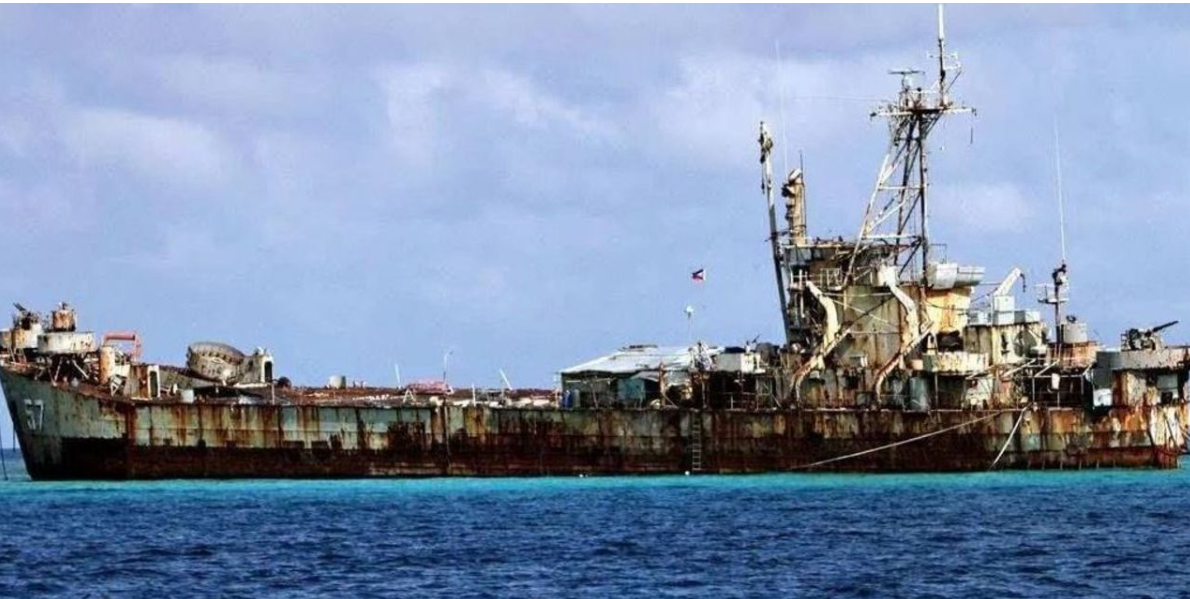The South China Sea, a critical maritime corridor that facilitates an enormous volume of global trade, has once again captured the world’s attention due to a recent spike in geopolitical tensions.
What is behind the recent turbulence in the South China Sea?

In this blog post, we’ll delve into the factors contributing to the latest turbulence and what this could mean for the region and international relations.
Historical Claims and Territorial Disputes
At the heart of the South China Sea’s unrest are the overlapping territorial claims by several countries, including China, the Philippines, Vietnam, Malaysia, Brunei, and Taiwan. China’s assertion of sovereignty over most of the sea is represented by its “nine-dash line,” which has been a point of contention for decades. The disputes involve both land features, such as islands and reefs, and maritime boundaries.
Recent Developments
The current turbulence can be traced to a series of events that have escalated tensions:
- Military Maneuvers: China has increased its military presence in the region, conducting naval exercises and establishing military installations on various islands. This has prompted concerns from neighboring countries and the international community about China’s intentions and the potential for militarization of the area.
- Resource Exploration: There have been recent attempts by China and other claimant states to explore and exploit natural resources within contested areas. This includes fishing rights and the exploration of oil and natural gas reserves, which has led to standoffs at sea and diplomatic spats.
- Freedom of Navigation Operations (FONOPs): The United States has continued to conduct FONOPs in the South China Sea, asserting the right of passage through what it considers international waters. These operations have sometimes led to close encounters with Chinese military vessels.
- Legal Challenges: The Philippines’ 2016 victory at the Permanent Court of Arbitration in The Hague, which invalidated China’s historical claims based on the nine-dash line, has not deterred China from pursuing its interests in the region. Although the ruling was a win for international law, compliance remains voluntary, and China has rejected the decision.
International Reactions
The situation in the South China Sea has drawn reactions from various global players:
- ASEAN’s Role: The Association of Southeast Asian Nations (ASEAN) has found itself in a delicate position, seeking to balance the interests of its member states with those of China, a major economic partner. Efforts to establish a Code of Conduct in the South China Sea have been slow-moving.
- U.S. Involvement: The United States has reaffirmed its commitment to ensuring freedom of navigation and overflight in the region. It has also pledged support for Southeast Asian nations in defending their territorial integrity.
- Other Powers: Countries like Australia, Japan, and India have expressed concerns over developments in the South China Sea and have occasionally conducted joint exercises with the U.S. or regional partners to signal their interest in maintaining a rules-based order.
The Path Ahead
The turbulence in the South China Sea is symptomatic of a larger strategic competition, primarily between China and the United States, with far-reaching implications for regional security and global trade. As claimant states continue to seek ways to assert their sovereignty, and as external powers get involved, the potential for conflict remains high.
The international community’s challenge is to navigate these troubled waters through diplomacy and by upholding international law. The hope is that through continued dialogue and cooperation, a peaceful resolution can be achieved that respects the rights and interests of all parties involved.
Conclusion
While recent events in the South China Sea underscore a complex web of historical grievances, strategic rivalries, and resource competition, they also present an opportunity for multilateral engagement and conflict resolution. It is an evolving story that demands our attention as its outcome will shape regional dynamics for years to come.






